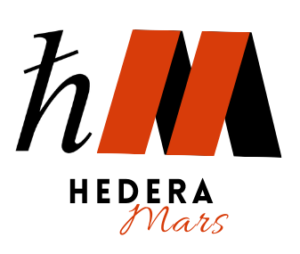Emergence of Coldware (COLD) Raises Questions for Solana (SOL) Holders
For several years, Solana (SOL) has held a prominent position as one of the leading Layer-1 blockchain networks, known for its rapid transaction speeds and minimal fees. However, the introduction of Coldware (COLD) has sparked concerns among Solana investors, as this new blockchain technology aims to bring innovations that may disrupt the current landscape. Despite Solana’s recent price surge to $241.55, representing a 27.06% increase over the last month, there are lingering doubts about its ability to maintain this growth trajectory. Meanwhile, Coldware (COLD) is establishing itself as a blockchain focused on scalability, security, and practical applications, positioning it as a formidable competitor to Solana (SOL).
Solana (SOL) Faces Uncertainty Amid Price Surge
The recent uptick in Solana (SOL)’s value has garnered significant interest, but market analysts are split on its potential to sustain this upward movement. Although Solana continues to lead the way in decentralized finance (DeFi), non-fungible tokens (NFTs), and swift transactions, its long-term viability is still in question. Solana (SOL) has recently surpassed critical resistance thresholds, and its increasing Total Value Locked (TVL) indicates a rise in investor confidence. Nonetheless, technical analysis hints at possible consolidation, which might result in a temporary pause in its momentum. To uphold its market position, Solana (SOL) must not only broaden its ecosystem but also tackle issues like network congestion and sporadic outages.
Coldware (COLD) Offers Solutions to Solana’s Challenges
Coldware (COLD) presents itself as a Layer-1 blockchain that prioritizes scalability without compromising decentralization or security. In contrast to Solana (SOL), which has experienced several outages, Coldware (COLD) features a more robust network design that enhances its reliability. The Coldware Blockchain Network incorporates a next-generation Proof of Stake (PoS) consensus mechanism that boosts operational efficiency. Additionally, it offers built-in Internet of Things (IoT) integration, allowing for seamless interaction between smart devices and blockchain technology. Coldware (COLD) provides low-cost, high-speed transactions that not only compete with Solana (SOL) in terms of scalability but also improve accessibility. Its capability to link blockchain technology with real-world applications enables Coldware (COLD) to penetrate sectors beyond DeFi and NFTs, venturing into areas such as smart cities, supply chain management, and industrial automation—fields where Solana (SOL) has not yet made a significant impact.
Future of Solana (SOL) as Coldware (COLD) Gains Ground
Solana (SOL) continues to be one of the most utilized blockchains, bolstered by strong institutional support and an expanding developer ecosystem. However, the emergence of Coldware (COLD) poses a serious competitive threat, equipped with distinct technological advantages. As Coldware (COLD) gains momentum, Solana (SOL) must expedite its innovation efforts, rectify its previous network stability challenges, and solidify its position within the Layer-1 blockchain arena. If these issues are not addressed, institutions seeking improved scalability and real-world integrations may increasingly turn to Coldware (COLD) as a more resilient and future-oriented alternative.

